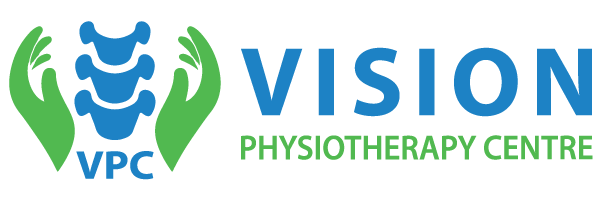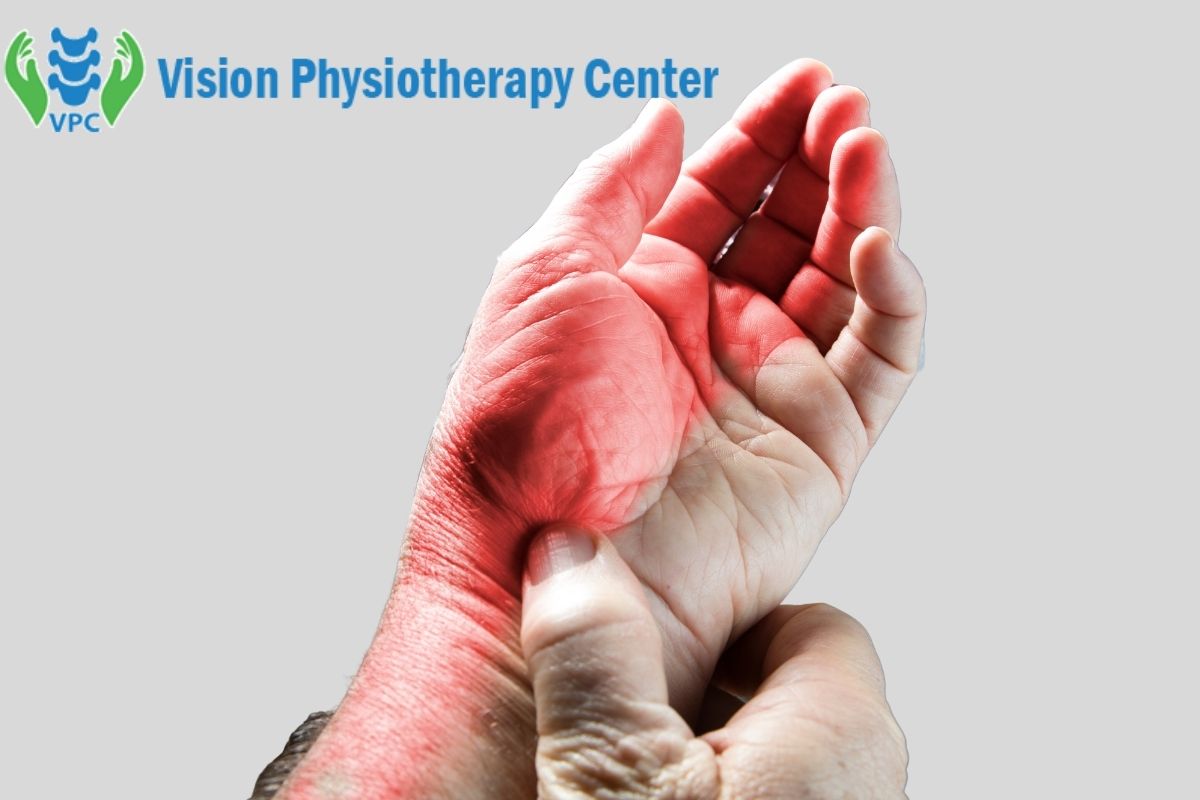Introduction
De Quervain’s Syndrome is a painful condition that affects the tendons in the wrist and thumb side. It is caused by repetitive motions such as typing, playing an instrument, or carrying heavy objects. But can de Quervain’s heal on its own? In this blog post, I’ll discuss how I cured my De Quervain’s Syndrome.
As someone who works in front of a computer for several hours a day, I was diagnosed with De Quervain’s Syndrome in my right hand. After trying several treatments, I found a solution that worked for me. In this article, I’ll share my personal journey to recovery and the steps I took to cure my De Quervain Syndrome.
What is De Quervain’s Syndrome?
De Quervain’s Syndrome, also known as De Quervain’s tenosynovitis, is a painful condition that affects the inflammation of the tendons in the wrist and thumb that are protected by a tendon sheath. It is caused by repetitive motions such as typing, playing an instrument, or carrying heavy objects. This repetitive strain can cause the tendons to become inflamed, resulting in pain and swelling, and difficulty moving the thumb and wrist.
Symptoms of De Quervain’s Syndrome
De Quervain’s Syndrome affects the tendons in the wrist and thumb. It happens when people make repetitive movements with their hands and wrist. This can cause pain and discomfort. Can de Quervain’s be permanent? Yes. sometimes it can be permanent. The most common symptoms are tenderness and pain on the thumb side and wrist, difficulty holding things, and a popping or snapping feeling when moving the thumb.
People may also feel pain, swelling, stiffness, and weakness in the hand. If people do not get help, De Quervain’s Syndrome can cause long-term pain and problems, so it is important to see a doctor if they have these symptoms including pain.
Basic Symptoms of De Quervain’s Syndrome
The symptoms of De Quervain’s Syndrome typically include:
- Pain at the base of the thumb
- Swelling near the base of the thumb
- Difficulty moving the thumb and wrist
- A “catching” or “snapping” sensation when moving the thumb or wrist
- Tenderness in the affected area
Causes of De Quervain’s Syndrome
De Quervain’s Syndrome is typically caused by repetitive motions that involve the thumb and wrist. This can include activities such as typing, playing an instrument, or carrying heavy objects. Women are also more likely to develop De Quervain’s Syndrome than men, and it often occurs during pregnancy or after giving birth.
Diagnosis of De Quervain’s Syndrome
If you are experiencing symptoms of De Quervain’s Syndrome, your doctor may perform a physical examination of your wrist and thumb for de quervain’s tenosynovitis test. They may also order imaging tests such as an X-ray or ultrasound to rule out other conditions.
A Finkelstein test may also be performed, which involves bending the thumb across the palm of the hand and bending the wrist towards your little finger. If this causes pain, it is a sign of De Quervain’s Syndrome.
Conventional Treatments for De Quervain’s Syndrome
Conventional treatments for De Quervain’s Syndrome typically involve rest, ice, and anti-inflammatory medication. In some cases, a corticosteroid injection may be recommended to reduce inflammation. Splints or braces may also be used to immobilize the affected area and allow it to heal. Surgery may only be recommended in severe cases of de quervain’s tenosynovitis treatment that do not respond to other treatments. Please read this blog to know how I cured my De Quervain’s Syndrome.

Why I Decided to Try Physiotherapy Remedies
I decided to try physiotherapy remedies because I have been experiencing chronic pain and discomfort in my back and neck for some time. Traditional painkillers and rest were not providing me with the pain relief I needed, and I was keen to explore alternative treatments for de quervain’s tenosynovitis.
I had heard positive things about physiotherapy and its ability to not only alleviate pain but also improve mobility and flexibility. Additionally, I was drawn to the idea of taking a more holistic approach to my health and well-being, focusing on strengthening exercises and rehabilitating my body rather than simply masking the symptoms with medications such as aspirin.
With the support of a physiotherapist, I am hopeful that I can improve my quality of life and find long-term relief from my pain.
My Successful Treatment Plan
I had a successful physiotherapy treatment plan that helped me feel better. I closely followed the plan, attended all my appointments, and did my best to take care of myself.
In addition to traditional physiotherapy exercises, the plan also included shockwave therapy treatment. It required time and effort, but it was worth it. I am thankful for my treatment team and the effective plan they created. I now feel more empowered in managing my physical health.
The Importance of Rest and Relaxation for De Quervains Syndrome
Rest and relaxation are very important for Quervain’s Syndrome. This condition causes pain and inflammation in the thumb and wrist. Resting the affected area helps to reduce inflammation and pain.
Relaxation techniques, such as deep breathing or meditation, can also help to reduce stress and tension in the body, which can worsen symptoms.
Taking breaks and avoiding repetitive motions that strain the thumb and wrist can also help to prevent further damage. It’s important to prioritize rest and relaxation as part of a treatment plan for Quervain’s Syndrome.
Final Thought
I’ve explained how I cured my De Quervain’s Syndrome as it is a painful condition that can significantly impact a person’s daily life. It’s important to seek medical attention and follow a treatment plan to manage the symptoms and prevent further damage. Rest and relaxation are crucial components of a treatment plan, as they can help to reduce inflammation and prevent further strain on the affected area.
With proper care and management, individuals with De Quervain’s Syndrome can experience relief from their symptoms and improve their quality of life. It’s important to work closely with a healthcare provider to develop a personalized treatment plan that addresses individual needs and concerns.
Written by.
Dr. Saiful Islam, PT
BPTh (DU), MPTh (Orthopedics) – NIPS, India
PG Certificate in Acupuncture, India
Specially trained in Ozone Therapy, USA and Ozone Forum, India.
Physiotherapy Consultant, Vision Physiotherapy Center.
To consult: 01760-636324 , 01932-797229 (9:00 AM to 9:00 PM) and make an appointment.
Our Facebook page: Vision Physiotherapy Center


